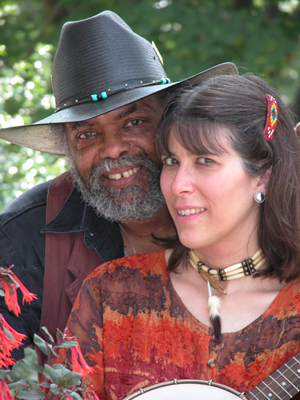|

Contact: Carol Borneman, (606) 248-2817, extension 1070 The American Gibraltar was how Union General George W. Morgan termed the Cumberland Gap, located at the junction of Virginia, Tennessee, and Kentucky. Seen as an ideal defensive position by both North and South, the Cumberland Gap pass changed hands four times during the Civil War. For the South, the Gap was a way both to block the Union from making inroads into the heart of the Confederacy and an opening into the border state of Kentucky, a state with many Confederate sympathizers that might be persuaded to join the cause. For the Union, the Gap was literally a Gateway into eastern Tennessee, and a way to divide the Confederacy right down the middle. And both sides were well aware of the importance of controlling the railroad from Virginia to Tennessee. Initially held by the Kentucky home guard of the Yellow Creek Valley, it wasn’t long before Confederate General Felix K. Zollicoffer brushed them aside and took up residence in the Gap in September of 1861. In June of 1862, Union General George Morgan was able to retake the Gap, sending troops through mountain passes to the east in order to surround the Confederates and force them out. Just three months later, however, Confederate General Kirby Smith used this same flanking maneuver to drive out Morgan and his men, who left destruction behind utter desolation in the form of exploded ammunition stores and spiked cannons. One year later Union Colonel John Fitzroy de Courcy bluffed Confederate General John W. Frazer into believing he had a far superior force than he actually had, leading Frazer to surrender the Gap, which then remained in Union hands until the end of the war. In the end, the American Gibraltar proved all too easy to take, and was even discounted as a suitable supply route for Union troops when General Ulysses S. Grant visited in January of 1864 because of the deplorable state of the Wilderness Road through the Gap and the desolation of the surrounding countryside. It is said that no soldier died during battle here, although many hundreds lost their lives to disease and illness. Signs of Civil War action and occupation can still be found throughout the park. Earthworks, rifle pits, and traces of military roads can be visited and walked by visitors, and the vast hole left when Morgan ordered the commissary destroyed is still visible. Gap Cave preserves the stories of the men stationed there through their signatures and drawings. Near the Pinnacle can be found more soldiers’ signatures, scratched in the rock during their slow and demoralizing days at Cumberland Gap. Musicians Sparky and Rhonda Rucker will help bring to life the story of the Civil War in their Saturday, June 4 Blue and Gray in Black and White being presented at the Wilderness Road Campground amphitheater in Cumberland Gap National Historical Park at 8:00 p.m. The duo’s passion for this defining moment in America’s history inspired this special historical program which focuses on the war’s impact on the different regions of our country. The music and stories, some sad and some humorous, reflect personal insights from the various personalities who participated in the war. James (Sparky) Rucker was once a teacher in Chattanooga near his hometown of Knoxville, Tennessee, and has been performing for over forty years. He has over twelve recordings, including one for children. His educational performances have included teacher workshops at the Kennedy Center, the D.C. Teacher Center, the 18th Annual International Children's Festival, and the Southeast Institute for Education in Music. Wife Rhonda accompanies him with harmonica, banjo, rhythmic bones, and back-up vocals, and is featured on Sparky's last six recordings. Sparky and Rhonda have performed for the Old Music for New Ears educational series for Kentucky Educational Television and Storytelling in North America,a National Geographic Society educational media project. The Wilderness Road Campground is located in Virginia, two miles east of the Hwy 25E and Hwy 58 intersection. Visitors should proceed to the amphitheater, located at the end of loop C where parking is available. In case of rain, the program will be held at the national park visitor center, located on Hwy 25E, just south of Middlesboro, KY. This program is being co-sponsored by the Friends of Cumberland Gap. For information on the concert and other park programs, please call 606-248-2817, extension 1075. |
Last updated: April 14, 2015
